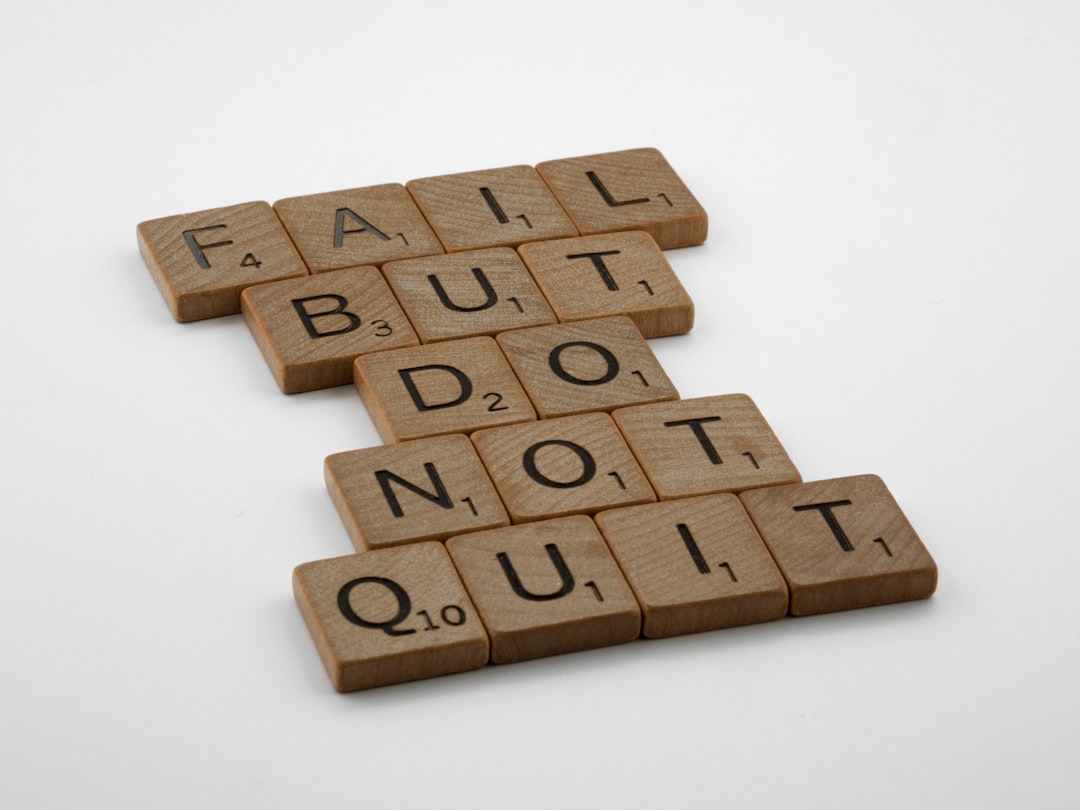In today’s dynamic business landscape, organizations that embrace continuous improvement stand head and shoulders above the competition. A culture of continuous improvement, often associated with the Japanese philosophy of Kaizen, isn’t just about incremental changes; it’s a fundamental shift in mindset, a commitment to ongoing growth and excellence. This post delves into the key elements of building a thriving continuous improvement culture, empowering your team to consistently seek better ways of working.
1. Fostering a Growth Mindset: The Foundation of Continuous Improvement
A growth mindset is the bedrock of any successful continuous improvement initiative. It’s the belief that abilities and intelligence can be developed through dedication and hard work. In a culture of continuous improvement, mistakes aren’t seen as failures but as valuable learning opportunities. Employees are encouraged to experiment, take calculated risks, and learn from both successes and setbacks. This requires leaders to actively promote a safe space for experimentation, providing constructive feedback rather than criticism. Training programs focused on problem-solving, critical thinking, and creative thinking can significantly enhance the growth mindset within the organization. Implementing regular feedback mechanisms, both upwards and downwards, ensures that all voices are heard and valuable insights are incorporated into the improvement process. This open communication fosters trust and encourages employees to actively participate in the continuous improvement journey.
2. Empowering Employees: Ownership and Accountability
Continuous improvement is not a top-down initiative; it thrives on employee engagement and ownership. Empowering employees means giving them the authority and resources to identify problems, propose solutions, and implement changes within their areas of responsibility. This can be achieved through various methods, including establishing cross-functional teams, providing access to relevant data and information, and offering training on process improvement methodologies like Lean and Six Sigma. Delegating responsibility and trusting employees to make decisions fosters a sense of ownership and accountability, leading to greater buy-in and commitment to the continuous improvement process. Regular recognition and rewards for successful improvement initiatives further incentivize employee participation and reinforce the importance of this cultural shift.
3. Implementing Effective Measurement and Feedback Systems
Continuous improvement requires a robust system for measuring progress and providing timely feedback. Key Performance Indicators (KPIs) should be established to track the effectiveness of improvement initiatives. These KPIs should be aligned with organizational goals and should be easily understood and monitored by all employees. Regular reporting and data visualization help to identify areas for improvement and celebrate successes. Furthermore, feedback mechanisms, such as regular team meetings, suggestion boxes, and employee surveys, provide valuable insights into the effectiveness of the continuous improvement process and allow for adjustments as needed. Transparency in data sharing is crucial, ensuring that everyone has access to the information they need to make informed decisions and contribute to the overall improvement efforts.
4. Building a Culture of Collaboration and Knowledge Sharing
Continuous improvement relies on the collective intelligence of the entire organization. A culture of collaboration and knowledge sharing fosters a sense of teamwork and encourages employees to learn from each other’s experiences. This can be facilitated through regular cross-functional team meetings, knowledge-sharing platforms, mentoring programs, and internal training sessions. By creating a safe and supportive environment where employees feel comfortable sharing their ideas and experiences, organizations can unlock the collective potential of their workforce and drive significant improvements. Implementing tools and technologies that facilitate collaboration, such as project management software and communication platforms, can further enhance the effectiveness of knowledge sharing and teamwork.
5. Leading by Example: The Role of Leadership in Continuous Improvement
Leadership plays a crucial role in fostering a culture of continuous improvement. Leaders must champion the initiative, actively participate in improvement projects, and model the desired behaviors. They should visibly support employee-led initiatives, provide necessary resources, and celebrate successes. Moreover, leaders need to create a culture of psychological safety, where employees feel comfortable expressing their ideas and concerns without fear of retribution. Regular communication from leadership regarding the progress of continuous improvement initiatives is essential to maintain momentum and demonstrate commitment. By leading by example and actively promoting a culture of continuous improvement, leaders can inspire and motivate their teams to consistently strive for excellence.
In conclusion, building a thriving continuous improvement culture requires a holistic approach that encompasses fostering a growth mindset, empowering employees, implementing effective measurement systems, promoting collaboration, and leading by example. By embracing these principles, organizations can unlock the full potential of their workforce, drive significant improvements in efficiency and productivity, and achieve sustainable competitive advantage.
SEO Tags:
Continuous Improvement, Kaizen, Lean Management, Organizational Culture, Process Improvement




